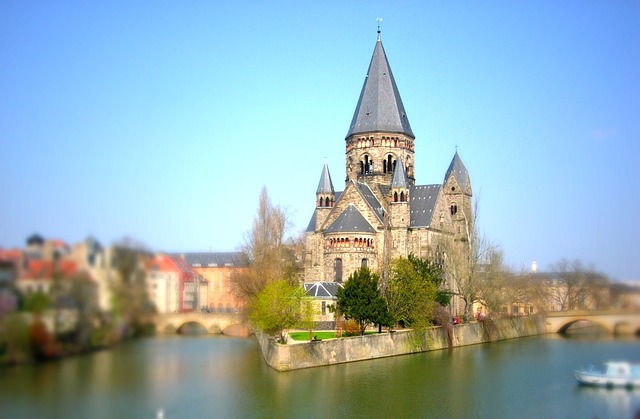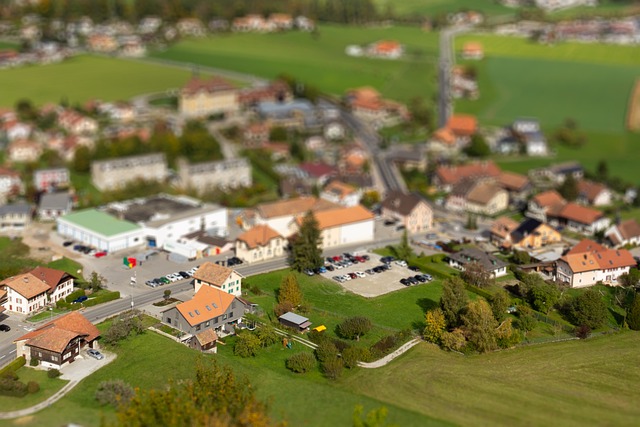Gentrification, marked by wealthier residents and businesses, boosts real estate markets through property renovations and increased demand, leading to accelerated value growth. However, it may displace long-time low-income residents due to higher market rates. Policymakers and real estate professionals must implement sustainable strategies like mixed-use zoning, green infrastructure, local engagement, and affordable housing investments to balance property growth with social equity and environmental sustainability in gentrifying areas.
Gentrification, a powerful force shaping urban landscapes, significantly impacts real estate markets with its rapid property value increases. This phenomenon, characterized by affluent residents moving into historically overlooked areas, drives up demand and prices. While it revitalizes neighborhoods, it also raises concerns about displacement of long-time residents and affordability issues. Understanding gentrification’s effects is crucial for navigating these shifts. This article explores both the positive and negative consequences of rising property values and offers strategies for sustainable development in gentrifying areas.
Understanding Gentrification and its Impact on Real Estate Markets

Gentrification, a process where neighborhoods experience an influx of wealthier residents and businesses, significantly influences real estate markets. It often begins with the renovation and rehabilitation of older properties, attracting new investors and homebuyers who perceive the area’s potential for growth. This trend leads to increased demand, pushing property values upward at an accelerated rate. As established communities transform, nearby areas may also see a ripple effect, with prices rising due to the heightened desirability of the newly revitalized region.
The impact on real estate is twofold. On one hand, it benefits existing property owners who can sell their homes for higher prices. However, this rapid change can displace long-time residents who cannot afford the new market rates, leading to a shift in community demographics. Understanding these dynamics is crucial for both policymakers and real estate professionals aiming to navigate and mitigate the effects of gentrification on local markets and communities.
The Positive and Negative Effects of Rapid Property Value Increases

The rapid increase in property values due to gentrification has a two-faced impact on real estate. On one hand, it stimulates local economies by attracting new investments and businesses, leading to improved infrastructure and amenities for residents. Higher property values can also encourage homeowners to renovate and maintain their properties, enhancing the overall aesthetic of neighborhoods. This positive ripple effect benefits long-time residents who may have struggled with affordable housing options in the past.
However, rapid property value increases can also lead to displacement of longtime low-income residents as rent and home prices rise beyond their means. Gentrification often results in a mix of new, higher-income residents and existing, lower-income residents struggling to stay, potentially altering the cultural fabric and community dynamics of these areas. This dichotomy poses challenges for urban planning and housing policies, requiring careful consideration to ensure equitable access to quality living environments.
Strategies for Sustainable Development in Gentrifying Areas

As areas experience gentrification, real estate values surge, but it’s crucial to focus on sustainable development strategies to ensure long-term benefits for communities. One key approach is promoting mixed-use zoning, encouraging a blend of residential, commercial, and retail spaces. This reduces commuting distances, fosters local economies, and creates vibrant neighborhoods. Additionally, implementing green infrastructure like parks, community gardens, and green roofs can mitigate environmental impacts while enhancing the quality of life for residents.
Community engagement is vital throughout the development process. Collaborating with locals ensures that new projects meet their needs and preserve cultural heritage. Investing in affordable housing options and providing tenant protections are also essential to prevent displacement. By adopting these strategies, gentrifying areas can achieve rapid property value growth while maintaining social equity and environmental sustainability.






